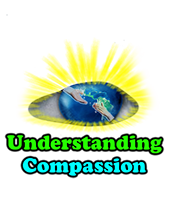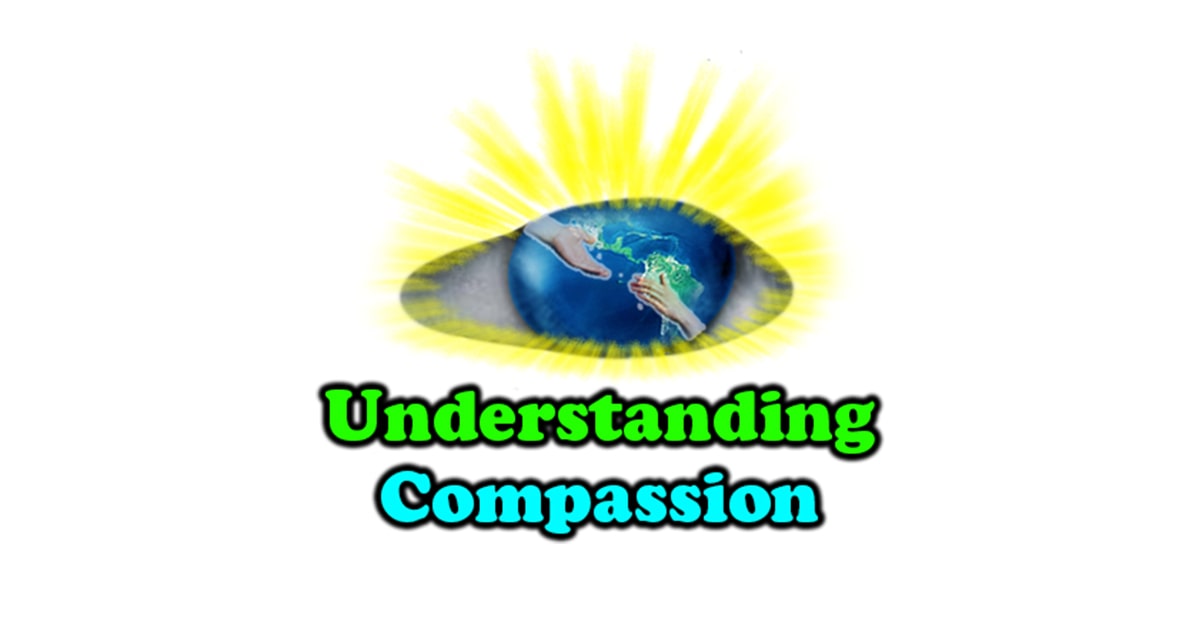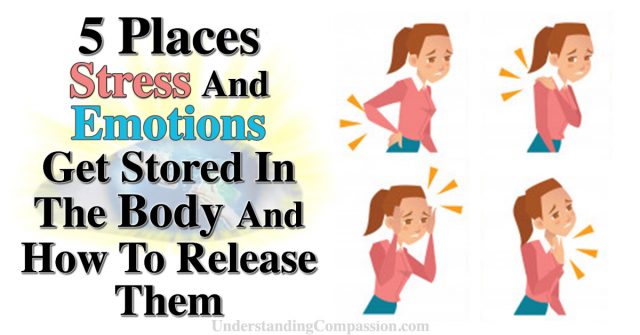We all do our best to manage stress and to maintain our inner feelings of peace and happiness. Emotionally, this often means trying to steer clear of unpleasant feelings such as sadness, fear, anxiety and irritation. We sometimes try to emotionally push these unwanted feelings out of our experience, engaging in what is known as repression.
By denying the difficult feelings that cause us stress, our minds halt the natural process of acknowledging, processing and releasing them, and they can become “bottled up emotions.” Staying positive by consciously focusing on and choosing the emotions related to happiness; love, relief and joy, is a key for living a healthy life, but it’s also important for our health to embrace, understand, and to allow the release of the unpleasant feelings when they come. They too have their own messages for us, and are often speaking from a certain level about our unconscious needs.
When stress and stress related feelings persist for long periods of time, their connected muscular tensions can stay tense, causing aches and pains within specific areas of the body. Our emotional system is linked to our physical bodies, and the field of psychosomatics studies these connections in depth.
Here Are 5 Places Stress And Emotions Get Stored In The Body And How To Release Them
1. Heart and Chest: Hurt
When someone has their “heart broken,” there’s usually a corresponding strong pain in the chest area. Sometimes chest pains seem to be unexplainable medically, yet when doing therapeutic work, deep and painful memories of past relationships or loss come to the surface. Many patients report the relief of chest pain and tension after having worked through the hurt associated with their past relationships by speaking with a psychologist.
Allowing one’s self to acknowledge and honor the sadness, as well as to mourn the loss, with tears and all, can let these painfully repressed feelings of sadness finally come out into the open and be released; healing the associated chest pain and release the tension. Focusing on feeling the feeling of love for each tender or hurt sensation in your chest area can be a wonderfully freeing and healing experience.
2. Neck and Shoulders: Anxiety, Burdens and Pressure
Shouldering too many responsibilities can be a pain in the neck, literally. According to the Calm Clinic, neck pain is one of the most common complaints of people suffering from anxiety-related disorders. If you suffer from neck and shoulder pain or tension that has no apparent cause, it’s possible that you’re feeling overburdened and anxious. You may have a habit of not asking for help from others and of trying to do everything yourself.
Many kinesiologists believe that the health of the shoulders can suffer when someone is under too much pressure in life. This results in a large amount of physical tension in the shoulder muscles. To relieve this pain, take some time to write down what is really worth taking on and what is a good idea to get help from others with. Don’t be afraid to ask for help or support, especially when feeling overwhelmed, as we’re only human and everybody needs some help sometimes.
3. Stomach and Intestines: Fear
When we’re afraid, tension can occur in the stomach muscles and the intestines. It’s no coincidence that certain experiences make us feel “sick to our stomach.” The more one denies or represses one’s fears, the stronger the tension and physical reactions become.
To relieve psychosomatic tension in the stomach, try identifying your fears and what is causing them, and talk about them with someone who is a good listener and whom you trust. Psychotherapist Sean Grover explains, “The more you can express the fear in words, the less of a hold it will have on your body.” This technique of speaking out loud about the fear and giving names to the feelings that come up is a tremendously effective method in healing childhood traumas as well.
4. Lower Back and Jaw: Anger
The lower back is a common place for storing repressed anger. If you regularly experience lower back soreness, stiffness or pain, look into your emotional state and ask yourself if you are carrying any unexpressed anger. To relieve this pain, it’s recommended to first acknowledge your anger and then try to understand its cause; which of your needs is not being met that is leading to the anger. Then when situations come up where your need is not being met, learn to constructively and healthily communicate your feelings and needs in order to convert your anger into relief.
The jaw and surrounding muscles also tend to clench when we experience anger and stress. To release this tension, practice taking deep, relaxing breaths. Yawning and sighing with an open mouth also help to relax the jaw and to release stress.
5. Headache: Loss of Control
“Stress comes in many varieties, including time stress, emotional stress, and the stress of physical fatigue…and (these) emotions pack a wallop for the migraine sufferer,” physician Dr. Christina Peterson explains. Stress is one of the most common causes of migraine headaches and is a large cause of tension headaches. During stressful experiences, fight-or-flight hormones are released in the brain to help us deal with the situation. The release of these hormones can cause blood vessel changes which lead to migraines. Repressed or bottled up emotions connected with stress; anxiety, worry, excitement, and fatigue can also increase tension in the muscles.
We can’t control everything in life, and part of coming to a mental space of peace is through letting go and trusting that things will eventually work out and be okay. Trying to control everything too much can lead to mental stress and strong headaches. Practice letting go and accepting what you can’t control. This mental attitude allows us to keep a sense of calm, and tells our brains not to panic and that we don’t need the release of the fight-or-flight hormones which lead to headaches. The practice of mindfulness can also be wonderfully healing for bringing the attention away from worries and onto the physical and relaxing experiences of the body.
Releasing Stress Stored In The Body By Accepting All Of Our Feelings
Dr. Nathaniel Branden, the founder of The Psychology of Self-Esteem, explains that we must accept all of our feelings without censorship; that we should never disown, repress or deny any part of our experience. Denying one’s feelings keeps the self in a perpetual state of conflict, he explains. The more we distance ourself from our feelings, the more disempowered and out of touch we become with our true selves.
The practice of self-compassion is an effective tool that can help us greatly relieve the stress and tension stored within our feelings and physical bodies. It begins by us consciously and lovingly accepting and embracing all of our feelings; especially the ones we aren’t always comfortable with. By feeling love for the parts of ourselves that are experiencing these difficult emotions, it allows them to open up, to be understood and to ultimately find relief.
Take 15 minutes to yourself, sit in a quiet room, put on some relaxing music and focus on the feeling of love in your heart. Once you are able to feel the feeling of love, stay with it, and let it grow and encompass your entire heart and chest area. Then bring this feeling of love to the part of your body that is feeling an ache, stress or a pain. Tell this part of your body that you love it; I love my shoulders. I love my back. I love my hips. Once you feel your love reaching these areas of your body, you’ll notice the oxytocin (the love hormone) immediately relaxing the surrounding muscles, and relaxation and pain-relief immediately follows.
Have a beautifully healthy day.
You are Loved.
See Also: 8 Places Your Body Stores Stress And What It Reveals About Your Emotions


















